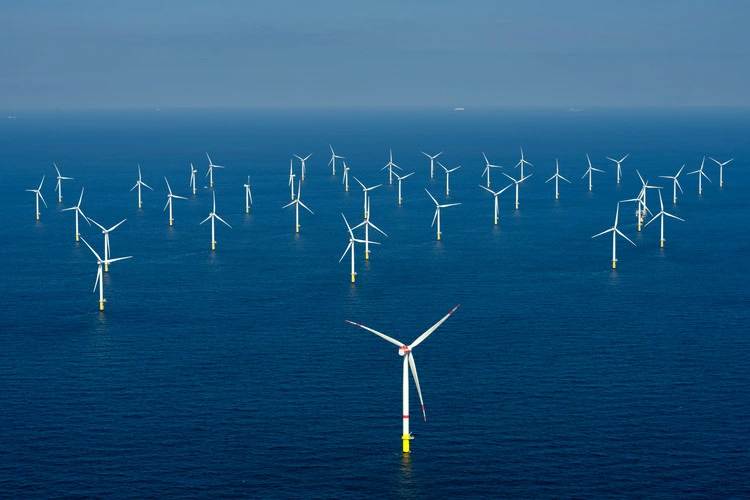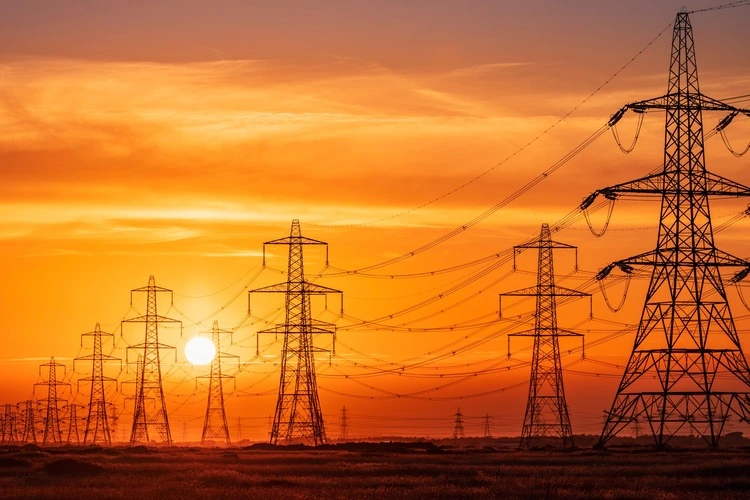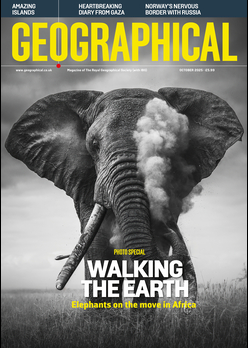
Countries gear up to use more wind power, but booming rate of production is challenging profitability and troubling investors
By
In many nations around the world, the growing awareness of fossil fuels’ environmental damage has driven a major shift in how energy is generated. Take the example of the UK: in the last year, its last remaining coal power station ceased operations, with the country’s production of energy now set to be higher through renewable sources than via fossil fuels for the first time ever.
In particular, one energy source is capturing attention: wind. Taking a 29 per cent share of the UK’s electricity generation in 2024, this year it will likely become the largest single source of UK power for the first time.
Enjoying this article? Check out our related reads:
The relatively simple premise of using wind to generate electricity has been one that has gained momentum in all continents across the world too in the last few decades. So vast is its impact that 54 countries built new wind power in 2023 alone, with China leading the way – adding 75GW to its industry, enough energy to power more than 198 million homes for a whole year.
So what is the issue with the energy source? Generating electricity in this way sidesteps vast carbon emissions, and decreases the quantity of land required for energy sources due to how narrow the bases of these turbines are. It’s also a cheaper alternative than its planet-polluting coal, oil and gas counterparts.
Its major problem, strangely, is a paradox: the very popularity of wind as an energy source is causing a stir in certain countries across the world.
Turbulence in Sweden
Sweden has seen its wind turbine industry expanding considerably in the last two decades. With one of the greenest electricity grids in the world, the country now generates around 25 per cent of its supplies from renewable sources alone.
But due to the sheer magnitude of thousands of wind turbines in the country, there is a problem. Higher winds mean vast swathes of electricity production, far beyond the demand of consumers. In turn, this drives costs down so much that electricity prices often dip below zero for entire hours and days at a time in Sweden.

Unlike other products, electricity must always have an equal balance between supply and demand. If too much is produced – for example in extremely windy conditions – this excess must be moved elsewhere, stored or shut off to avoid making a country’s entire electricity system unstable and causing power outages.
If electricity supply isn’t managed, the scenario of negative pricing occurs: meaning producers must pay for excess electricity to be taken out of their hands as unlike other goods, electricity cannot simply be destroyed.
This is, of course, neither a desirable nor profitable outcome for investors who seek to gain returns on their funding of wind projects.
Some predictions suggest the trend of very low – and sometimes, even negative – pricing of electricity via wind power could continue for several years. Other reports anticipate that the volatility of wind conditions means electricity prices may fluctuate far more unpredictably, oscillating from very low to very high with little ability to predict such patterns.
Although just an example of one country’s rocky relationship with wind, those looking to invest in other projects elsewhere may also be put off by the trajectory of the wind industry in Sweden.
‘Investors are naturally quite nervous looking at what happened in the Nordics, thinking, could it happen elsewhere?’ said director at Baringa Partners Yinfan Zhang. ‘One example could be Spain, where we have a lot of solar development and power prices are being pushed quite low.’ Such fears are justified, as other countries have been hit by negative pricing in recent years.
Germany reported 69 hours of negative electricity prices in 2022 due to high renewable energy production coinciding with low demand, along with France – which recorded more than 320 negative price hours in 2024 alone. The UK also faced considerable periods of negative pricing – a record-breaking 214 hours during 2023, averaging more than 30 minutes each day.
Coping with high production
Although negative pricing is an unfavourable reality, it does not spell permanently bad news for the wind industry. There are several ways in which countries are already tackling the situation to appease the trio of investors, consumers and companies all at once.
Last month, Germany announced it would approve plans for most of its wind and solar producers to sell electricity independently on the open market, tackling the issue of market prices while also reducing grid strain as surplus energy can be directed elsewhere.

Meanwhile in Australia, developers of projects are guaranteed a minimum level of returns and are compensated if wholesale electricity prices fall below a certain threshold, incentivising investors to lay out funding for wind projects.
As well as these methods, large-scale energy storage could be built by developers so excess energy can be delivered abroad in times of oversupply. Some analysis also suggests that as the use of electric vehicles increases around the world, the demands of individual households will change and consequently even out supply and demand more.
Ultimately, negative pricing is a problem for the wind industry that requires flexible technologies to ensure supply and demand are better aligned. Achieving this balance will pave the way for a more stable and economically viable energy market, benefiting consumers, investors, and companies as renewable energy continues to gain momentum.




